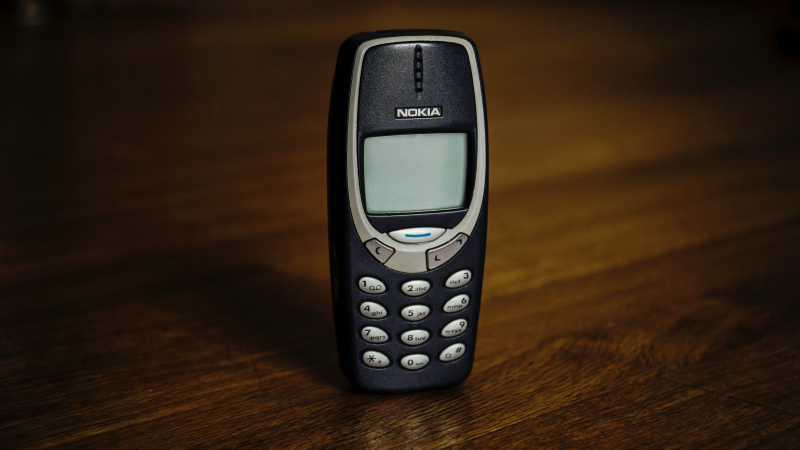Smartphones and Basic Cell Phones
Essay topic: Smartphones and Basic Cell Phones.
Answer:
In the realm of mobile devices, smartphones and basic cell phones represent two distinct categories. These devices differ in their features and capabilities, catering to different needs and preferences.
Smartphones are advanced devices that do much more than just make calls. They resemble pocket-sized computers, offering a variety of functions. Smartphones have touchscreens for easy navigation and support numerous apps, allowing users to access the internet, social media, and a multitude of applications. Additionally, smartphones often have high-quality cameras for taking photos and videos, making them versatile tools for communication and entertainment.
On the other hand, basic cell phones sometimes referred to as feature phones, are simpler devices with more limited functions. They primarily focus on making calls and sending text messages. Basic cell phones typically have physical buttons instead of touchscreens, making them straightforward and easy to use. While some basic cell phones may have a basic camera, they lack the extensive features found in smartphone cameras.
One significant difference lies in internet connectivity. Smartphones connect to the internet through mobile data or Wi-Fi, allowing users to browse websites, stream videos, and use online apps. In contrast, **basic cell phones** generally lack the ability to connect to the internet in the same way, limiting their capabilities to basic communication functions.
Another aspect to consider is cost. Basic cell phones are usually more affordable than smartphones. While smartphones offer a wide range of features, they often come with a higher price tag due to their advanced technology and capabilities.
In conclusion, smartphones and basic cell phones serve different purposes in the realm of mobile communication. Smartphones, with their advanced features, cater to those seeking a multifunctional device. Basic cell phones, on the other hand, offer simplicity and affordability, making them suitable for users who prioritize straightforward communication without the need for advanced features. The choice between these devices ultimately depends on individual preferences and needs.












